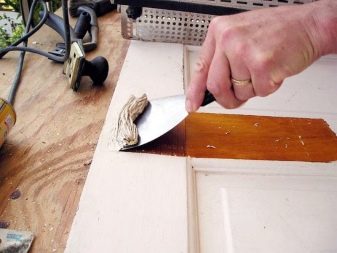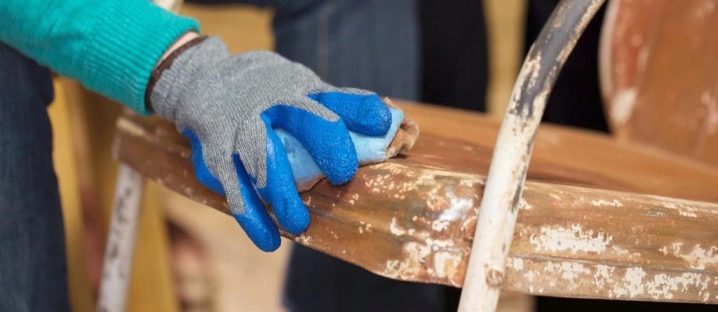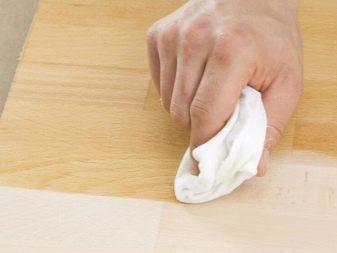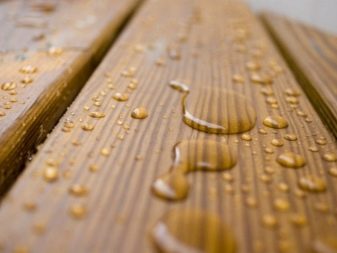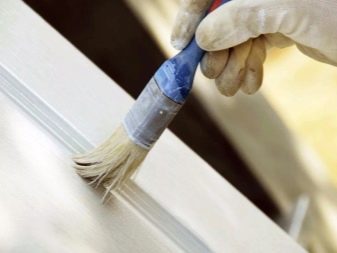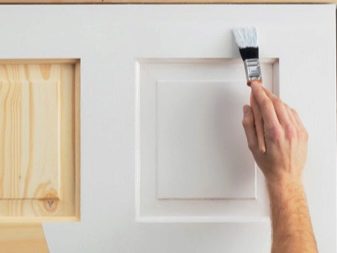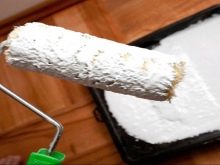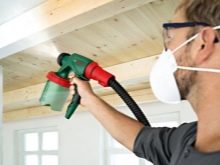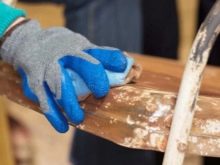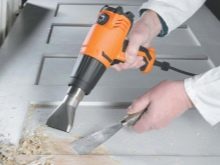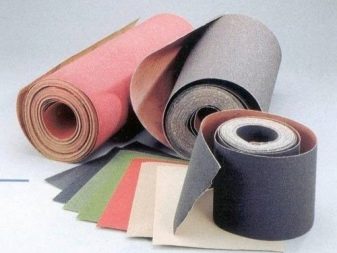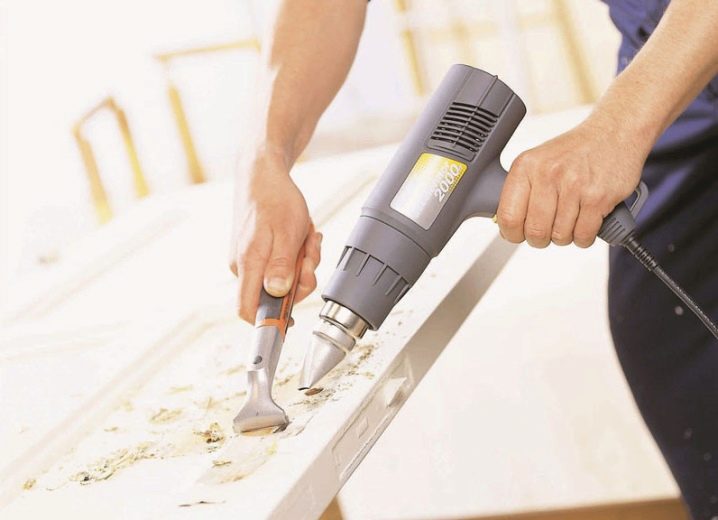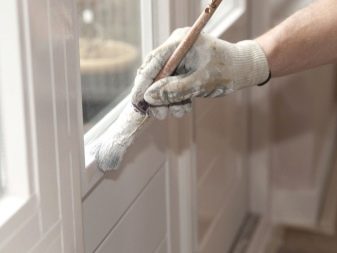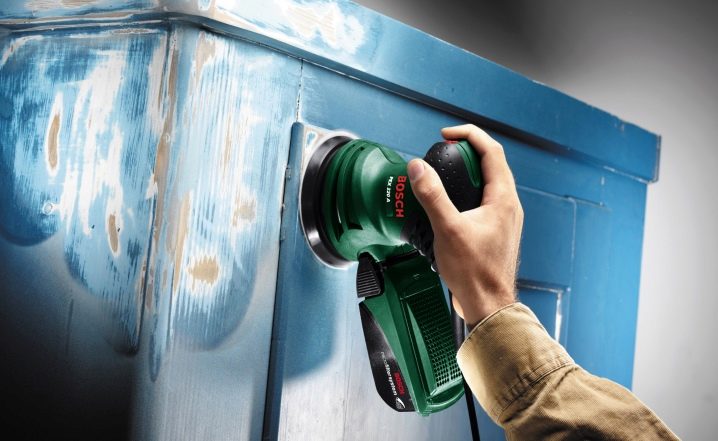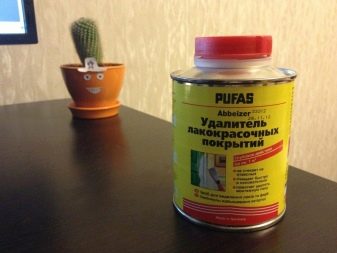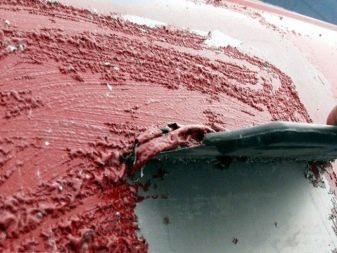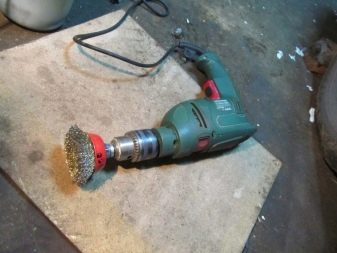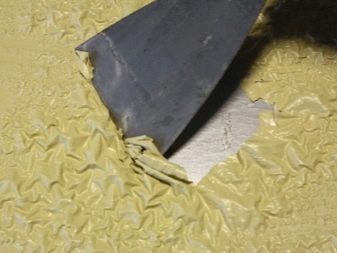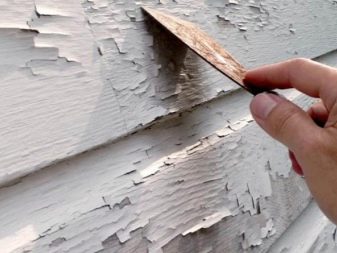How to remove old paint from a tree?
The faded or cracked paint on the wooden frame, although it gives the house a vintage, is by no means its decoration. Of course, if only it is not a design idea. How to remove old paint from a tree correctly, read in this article.
Special features
Removing old paint from a window frame, door, old furniture and other wooden coatings requires certain knowledge and skills. How to determine that such a procedure is really needed?
- It all depends on the number of layers on the wood. If the previous paint was applied in one layer, you can proceed to painting without removing the coating. It will be enough to go through the sandpaper on the paint system until the shine does not disappear, and the old coating acts as a primer.It is important that the product is free of paint stains and flaws in the texture, then a fresh paint will go to a smooth, beautiful layer.
- A huge role is played by the color of the previous coating. If you want to apply light paint on a dark layer, remember that the shade is likely to turn out not at all what you want. In this case, the best option is to apply two or more layers of paint.
Please note that if the product was painted more than 5 years ago, then, most likely, it has already formed cracks and swellings. In addition, modern materials differ from previous analogues not only in quality and color fastness, but also in texture. In a similar situation, the coating will have to be completely removed.
Types of coatings
There are several types of paints for wood. Before removing the old paint from the tree, it is necessary to determine what kind of coating it belongs to. This will allow you to choose the best way to remove it.
The most popular means for painting wooden surfaces was and still is water-based paint. It is characterized by opaque colors, water-repellent properties, a wide palette of colors and affordable valuable. Aqueous emulsion ink is waterproof and non-waterproof.The first is quite difficult to remove from any surface.
To determine which water-based coating is covered with the product, moisten it with water and leave it for a while. If the occurrence of cracks and delaminations is observed, it means that the tree is covered with non-waterproof paint.
No less popular are water-dispersion (or latex) paints. They are most common in the construction industry, and all thanks to the many benefits. Latex paints are absolutely harmless, have a rich palette of colors, fireproof. Differ in high durability of a covering, are effective protection against ignition.
Acrylic paints are often used for painting decorative wood elements. There is even a special stained acrylic that can be applied to glass, wood, plastic and even fabric. The composition of acrylic paints includes water, a coloring pigment, acrylic acid and a film former, contributing to the rapid hardening of the layer.
Acrylic coating can withstand severe frosts, and the brightness of the color is maintained even after many years.
Previously, oil paints were the leaders in oil paints, but today they are slowly becoming obsolete.Their lack of demand is due to toxicity, unpleasant smell, complexity of application. If the tree is covered with oil paint, no other will hold on top.
Often whitewashing, which at all times was considered an excellent antiseptic, is often used as a coating for wood. Whitewashing protects walls well and disinfects the air. Today it is mainly used for processing hidden wooden parts: floor beams, floor lags, rafters.
Process technology
There are three ways to remove old paint from wood:
- mechanical;
- chemical;
- thermal.
The mechanical method of removing paint from wood products can be carried out manually or with the help of special tools. All the necessary materials and tools for work, for example, such as sandpaper or trowel, you can easily find in the nearest hardware store.
It should be noted that oil materials quickly adhere to the abrasive coating, so a mechanical method of removing such a coating would be too expensive.
When choosing sanding paper, pay attention to its grit.Coarse nozzles contribute to the formation of cavities and scratches on wood. It is better to use such paper if the covering consists of several layers of paint. Change the nozzle as soon as the tree begins to be seen. Remember that such work should be carried out on a dry surface necessarily following the safety precautions.
Chemical processing involves the use of special acids and solvents., which should be selected based on the type of old paint. Manufacturing companies claim that these funds provide the dissolution of any paint, regardless of its prescription. However, as practice shows, such liquids are able to actively deal only with fresh coating (up to 2 years old).
Chemical reagents are optimal for removing acrylic and water-based paints and varnishes.
Using chemical agents, the surface of the product is covered with a thin layer of liquid. It is necessary to wait a certain amount of time indicated on the package - this will allow the old paint to soften and it can be quickly torn off the wood with a regular trowel.
Working with chemical compounds it is necessary to take care of airing the room or engage in the removal of the coating on the street. Need to work in clothing, respirator, goggles and rubber gloves.
The thermal treatment method is suitable for removing paints based on oils or drying oils. Judging from the name, it becomes clear that the treatment implies a heating of the coating under itself until the paint layers soften. Heating is usually carried out using a building hair dryer or iron.
Heat exposure is ideal if the paint has been applied for years. With prolonged heating, even too hardened coating softens.
It is worth noting that when heated, toxic substances will start to emit, therefore, during work, put on a respirator and open the windows.
Training
If the ceiling and walls are painted with a non-water resistant emulsion, the room must be prepared before work:
- cover the floor, furniture, decor items and even the suspended ceiling with film or newspapers;
- Prepare protective clothing, goggles, gloves, respirator;
- prepare a container with warm water if required by the treatment method;
- Prepare in advance all the tools that you may need.
When removing the old layer of paint from plastic, it should be preheated to 60-70 degrees. It is better to postpone such operations to summer time in order to eliminate plastic deformation due to temperature differences.
To heat the surface during heat treatment often use a building dryer. Under the influence of hot air, blisters form on the coating, which will facilitate the process of removing the coating.
When painting wooden window frames, drops of paint often fall on the glass; in fact, it is not so easy to remove them. Removing paint from a glass surface requires special skill. Usually, small contaminants can be simply scraped off, but this requires care. You can slightly heat the glass with a building dryer, this will help soften the already frozen paint.
Some specialists use foil: they apply a layer of foil to the glass, and carefully pass the top with a heated iron. This method will remove even large stains.
Often during paintwork, paint drops fall on metal surfaces.Removing paint from metal also requires advance preparation. First, the surface must be cleaned of dust and dirt, otherwise the process can slow down significantly. In addition, before carrying out this operation, it is desirable to dismantle elements that may be damaged during cleaning.
What can be processed?
Usually wood is treated with various chemical compounds that peel off the top layer of the coating. If the wood is covered with shellac, then it will be more efficient to use conventional meth.
Liquid formulations treat a single coating well. But powder tools are suitable for processing large areas.
Tip: to clean off the paint from the surface, use a spatula, previously rounding its edges with a grinder - there is a risk of damaging the tree with sharp edges during the procedure.
Coating machining is one of the most effective ways to remove paint. It can be attributed to cleaning with sandpaper by hand or with a grinding machine (diamond cup).
How to delete?
In addition to the above agents, special chemical washes are often used, which include dimethyl chloride, formic acid, and other organic substances.Such reagents are characterized by a fast decomposition process, therefore, they are considered practically harmless.
Important! The chemical remover does a good job with a water-based emulsion: if the product is covered with one or two layers, it will be easy to wash it off with a store reagent.
There are several ways to remove paintwork using tools that you can do with your own hands.
The water emulsion can be easily removed using a paste or wallpaper glue. The whole surface of the product is coated with glue and glued newspapers. After the glue dries, the paper is removed with a spatula, along with which paint will be removed from the wood.
Using mechanical methods of paint removal is better to give preference to a drill with a special nozzle. As a nozzle, a brush with metal bristles is used, which copes well with the treatment of a multi-layer water-emulsion coating — it cannot be torn off with a spatula. The only disadvantage of this method is a large dust formation in the apartment, therefore, when carrying out such work in the kitchen, you need to cover the furniture with a film.
Useful tips and tricks.
Knowing some of the nuances of removing paint from wood, plastic, concrete, glass, you can easily and simply cope with this task:
- scrubbing the coating with a spatula is necessary with gentle movements, otherwise there is a risk of damaging the wood;
- if there is a possibility, it is better to move all work on washing or removing paint to the street;
- Be sure to use safety glasses, clothing, gloves, and a respirator;
- to reduce the risk of injury, take care of proper lighting;
- processing with large products is best done on a stable table;
- use a vice when processing slats, bars, frame parts.
For ways to remove old paint, see the video below.


